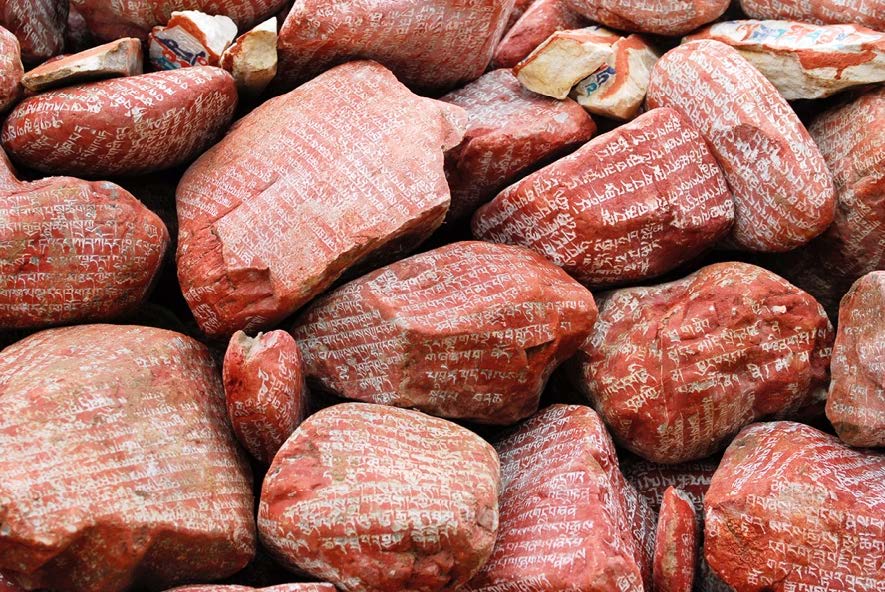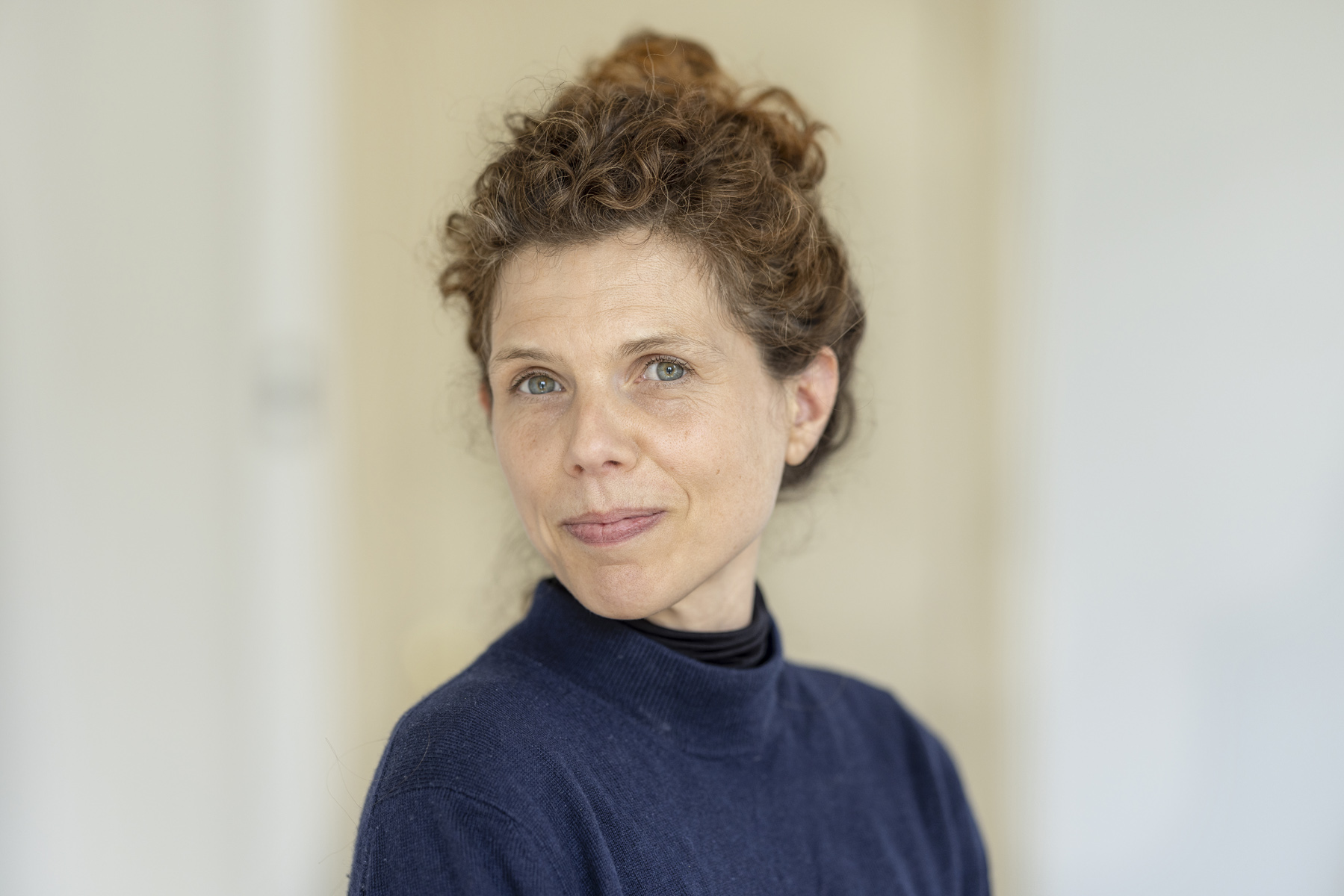Last Monday and Tuesday, three members of the Beyond Sharia team took part in the workshop Text and Materiality, held at the Department of Philosophy and Religious Studies. Their presentations are outlined in the abstracts below.
Matter and Memory at Omar Khayyam’s Mausoleum in Nishapur – Arash Ghajarjazi
This paper examines the entanglement of written text and materiality in the memorial monument of Omar Khayyam in Nishapur, Iran. Constructed as part of the 1930s renovation projects undertaken by the Society for National Heritage (SNH), this monument is among several commemorative sites dedicated to Persian poets, scholars, and scientists in Khurasan, Hamadan, Shiraz, and Tehran. The SNH made deliberate choices about all the monuments’ architectural designs and the inscriptions on their plaques, gravestones, and other surfaces. For poets, select verses were engraved on stone panels; for scholars like Ibn Sina, quotations from their works were displayed. Beyond these textual commemorations, the monuments also bear inscriptions that transmit cultural and literary knowledge about these figures.
In most cases, the materials bearing these texts appear to have little influence on their reception—text and material forms seem to operate independently. The memorial monuments to Omar Khayyam, however, present an exception to this. The different architectural structures that were designed and built at various times incorporate multiple textual sources, including medieval chronicles, Persian quatrains, Quranic verses, and contemporary collective knowledge. Unlike other monuments that offer a singular portrayal of their commemorated figures, Khayyam’s memorial monuments host certain tensions between divergent representations of perhaps one of the most controversial figures of Persian literary and intellectual history. While some inscriptions depict him as a devout Muslim, others give opposing representations of the figure as a heretic. More significantly, the interplay between materiality and text in both the processes of their design and building as well as their aesthetics actively shape and mediate these contradictions.
By analyzing the monument’s process of design, execution, official opening, and aesthetics in relation to the different textual content inscribed on and around the various material surfaces, this paper demonstrates how the interconnection between text and materiality at this memorial site embodies the tensions between Islam and secularism in modern Iran. To give a preview, it will describe how Khayyam’s earlier burial place, which had been part of a shrine, was detached from it and relocated further away in response to the growing public perception of Khayyam as an impious figure. However, as different statesmen and religious figures became involved in the project, some ensured that textual evidence was inscribed on the stones and panels around the new burial site to present Khayyam as a Muslim. In contrast, literary and artistic figures involved in the monument’s design included poems and texts on other parts of the structure that highlighted Khayyam’s irreverent and sceptical persona.
Interestingly, not only do these two processes differ in terms of production and design processes, but their aesthetics also diverge. This analysis contributes to broader discussions on the materiality of texts by integrating both the process of production and aesthetic appearance into an understanding of textual materiality.
Murgh-i Bāgh-i Malakūtam (“I Am the Bird of the Heaven’s Kingdom”): Mystical Poetry on the Walls of Tehran – Maarten Holtzapffel
When walking through the streets of Iran’s capital city Tehran, one can hardly neglect the images of young men in uniform on posters, billboards, and walls of buildings. Furthermore, there is no need to be an expert on Iran to know that most of the images depict soldiers who died during the Iran-Iraq War (1980-1988), a devastating war that resulted in the deaths of approximately one million Iranians and Iraqis. In this paper, I would like to examine the ways the Islamic Republic of Iran has utilized classical Persian literary tradition in their glorification of martyrdom on murals in the city centre of Tehran. In particular, I look at how the government has used a mystical poem ascribed to the thirteenth century poet Jalal al-Din Rumi (d.1273), depicted on a six-story building on Taleghani Street, central Tehran. The sort questions I would like to address in this paper are: How does the Iranian government utilise Islamic mystical poetry in their glorification of martyrdom in the urban landscape of Tehran? How do they visually and textually depict this narrative? And how does the government appropriate Rumi’s poem by using the textual and visual aspects, moving the poem from a pacifist into a violent context?
Hafez in the Mesdag Collection: Poetry and Images on Two Persian Lampstands – Asghar Seyed-Gohrab
Classical Persian poetry is a living tradition, with the works of masters such as Ferdowsi (ca. 940-1019), Nezami of Ganja (ca. 1141-1209), Saʿdi (ca. 1210-1292), and Hafez (1315-1390) often woven into daily life, appearing in conversations, speeches, and announcements. This poetry also plays a prominent role in artworks, adding a new dimension to aesthetic appreciation. Among the poets whose lyrical poems have been deployed in visual arts, Hafez of Shiraz holds a prominent place. His poetry possesses a mesmerizing beauty which has inspired visual artists to adorn their artefacts with his verses. Hafez’s poetry appears in a variety of objects, including carpets, tiles, ceramics, and miniature paintings. In this lecture, I shall primarily examine the relationship between text and image, with a focus on two lampstands at the Mesdag Collection in the city of The Hague, which feature Hafez’s poetry and have, never before been analysed. I shall analyse the poems and elaborate on the reasons why specific poems are used for specific art objects. What are the added values of such poetry and why are they integrated into such artifacts? How do these poems interact with the images to enhance both the aesthetic experience and the layers of meanings of each other? What do such poetic texts reveal about the cultural, religious, and philosophical significance of the artwork? These and other similar questions will be the focus of this paper.


